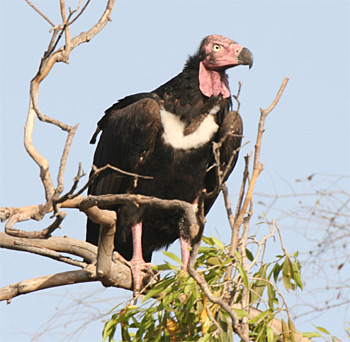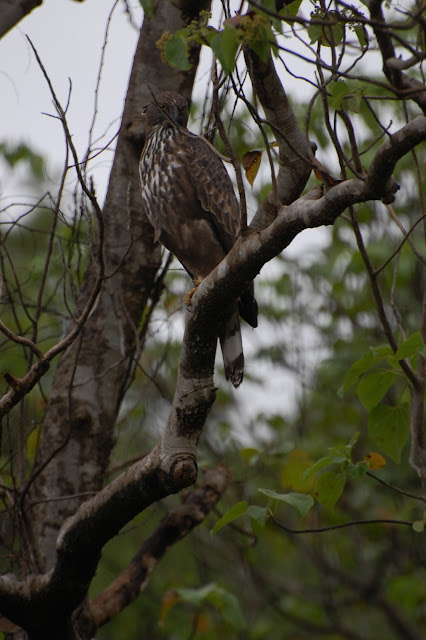DDF Editorial: Relocating the cheetahs calls for caution more than credit
Digital Discourse Foundation
It is too early to applaud the success in relocating the first batch of Namibian cheetahs to the Kuno Palpur National Park in Northwest Madhya Pradesh where it adjoins the buffer zone for the migration of wildlife in nearby Ranthambore Tiger Reserve. Only political green horns, the ecologically illiterate and the eulogizing tribes will commend the relocation of these cheetahs.
On paper, all the boxes are ticked favourably for the Namibian cheetah relocation. They will be reintroduced in batches, first enclosed in protected enclosures for acclimatization, introduced to prey, monitored and satellite tracked etc. Those singing eulogies may even cite the precedent of relocation and reintroduction of tigers into Sariska after poachers slaughtered 22 tigers in the premier tiger reserve.
Let’s face facts.
Sensitive fragile creatures like cheetahs can suffer serious injuries to life and limb when threatened. Namibian cheetahs thrived on grasslands and desertified landscapes without sight of man, human settlements and easy prey like cattle for hundreds of miles.
Kuno Palpur was the designated site for relocation of the over populated Asiatic Lions of Gir National Park in Gujarat. Villagers have been relocated but lions never came to occupy the wild-lands meant for them. That project floundered due to lack of political will and political parochialism.
Kuno Palpur National Park in Northwest Madhya Pradesh had been rendered inviolate of the human footprint to relocate the over populated Asiatic Lion from Gir National Park in Gujarat. The Asiatic Lion Population – localized to one conservation area is already extremely vulnerable to pestilence or epidemic as that is the only remaining gene pool of the Asiatic Lions. Gujarat had opposed relocating the Asiatic Lions on grounds of parochial pride, nothing else. Instead of relocating highly endangered Asiatic Lions from its last vestige / gene pool, vested interests in the prestigious Wildlife Institute of India sensed political brownie points to propose a pompous project of reintroducing the extinct cheetahs from southern Africa.
The gene pool of the few endangered Iranian cheetahs (said to be possessing the same strain as that which went extinct in India in 1952) would have atleast served the purpose of reinvigorating the extinct strain of the subspecies of cheetah and creating a protected habitat for an extinct but rejuvenated species. The Namibian sub species thus serves no other purpose than optics.
Botswana, Namibia or South Africa had been shortlisted. While South Africa has some expertise and credibility in relocating super abundant wildlife to calibrate carrying capacity of the habitat, Botswana is notorious for permitting hunters to kill selected species in exchange for desperately needed Dollars. But for South Africa’s wildlife management, none of the other experiments including, we daresay India’s cheetah relocation will be sustainable for any manageable time period.
There are no political binaries in the Environment sphere. Please. Stop this political eulogy. It was proposed by some scientists of the Wildlife Institute of India, opposed by environmentalists, went though international Media scrutiny and litigation. In a case of political chicanery the NDA government that came to power in 2014 submitted documents to the Supreme Court in 2017 to extrapolate support for cheetah relocation and got the NOC from IUCN to clear the relocation.
When it comes to environmental credentials, if it must be said, the successive Congress governments win hands down. The credibility of the Gandhi Nehru families as regards wildlife conservation indeed cannot be compared. Late Prime Minister Mrs. Indira Gandhi was credited with the establishment of 9 tiger reserves at the start of Project Tiger in 1973. These are historical facts that cannot be white washed through political discourse!
But coming back to the cheetah relocation, it is a futile exercise in politico environment fantasies. The UPA government of Mr. Manmohan Singh gave into lobbyists wanting cheetahs in India. Cheetahs went extinct largely because of hunting and poaching and also because grasslands – which were the primary habitat for cheetahs and its prey base were not earmarked for conservation under Indian laws. The colonial powers and their vassal fiefs were more than pleased to arrange for hunts of the highly vulnerable cheetahs.
To date there has been no credible documentation or research of the systematic culling and killing of these precious wild animals. Without thorough documentation of the causes for the extinction of the cheetah in India (which was declared extinct in 1952), the crores of money spent on relocation of cheetahs will only be an unholy repetition of history.
Will the Kuno Palpur National Park housing the relocated Namibian Cheetahs be maintained by Corporate Social Responsibility as social media posts are claiming? If that is indeed the case the Government of India and Government of Madhya Pradesh have abdicated responsibility of wildlife conservation and remains completely unacceptable. Where does the buck stop when it comes to safe keeping of highly endangered wildlife like cheetahs?
Like in the Sariska Tiger Reserve where poachers annihilated 22 tigers as vengeance for cattle lifting in 2002 - 2004, relocating extinct species like the reintroduced tigers of Sariska, the case of the cheetahs too will remain high investment only for political optics of the current kind.
Even to this day, even after the relocated tigers have risen in numbers in Sariska, there has been no amelioration of the causes that caused the Sariska slaughter. Thus without addressing the triggers that caused the extinction of the cheetahs in India in 1952 the cheetahs will remain fair game for poachers.
With enforcement of wildlife crimes being the weakest link in the conservation regime in India, skeptics fear that the cheetahs will be something like sitting ducks for marksmen and poachers, some of who enjoy unparalleled political support. Why, a convicted Bollywood actor – convicted for poaching black bucks - the primary prey for cheetahs and leopards - successfully applied for a gun license and got it recently. Though convicted of wildlife crime he has never really served his prison sentence – the likes of who will have a field day quite literally if the government does not keep safe these endangered imported Cheetahs.
All the same Prime Minister Narendra Modi’s new found interest in wildlife photography, conservationists hope, will get political will for other burning issues like say for example the highly endangered status of leopards in India. Ecologically speaking leopards have no habitats; they hunt for food and the area of prey base for that day is its transient home. Given that there are no designated Leopard conservation areas that have legal protection, the fragile status of leopards is pressing and begging for attention. Human wildlife conflict mitigation is another sore source of regret for conservationists. Great Indian Bustards number no more than 80 individuals across the Subcontinent. Hopefully PM Modi’s interest in wildlife photography will kindle his curiosity and will to serve the interests of endangered wildlife in India.
Other questions that beg for answers are: Why wasn’t money spent on habitat conservation of even more endangered indigenous wildlife like tigers, leopards, wild dogs, Asian Elephants in India? On what grounds can a single gene pool of highly endangered Asiatic Lions be held In one conservation area – Gir national Park defenseless against epidemics? Will Government of India take interest in relocating the over populated numbers but highly endangered single gene pool of the Asiatic lion in Saurashtra? They suffer from so much of habitat pressure that they are often found roaming villages to lift / prey on cattle. One was even filmed on the Arabian Sea coast. Such is the lack of Lebensraum for the highly endangered Asiatic Lions. Why couldn’t the over-populated prides of lions find the political will for re-location in Kuno Palpur then? Why has CITES not objected to relocation of cheetahs when the causes for its extinction in India have not been addressed judiciously? It all goes to substantiate that neither CITES nor IUCN have teeth in enforcing laws. As for the political one-upmanship, it cannot be experimented on fragile endangered wildlife.
Without documentation of the causes for the extinction of cheetahs in 1952, history, – like George Trevelyan said – is likely to repeat itself. If that were to be the sad outcome, it will be a very expensive exercise in optics.
Picture credits:
Official website of Kuno National Park,
BNHS,
Malini Shankar,
Walter Keller
Guruprasad Acko,
Siddhartha Sen
Pixabay,
Creative Commons SA 3.0










.jpg)





.jpg)












Comments
Post a Comment